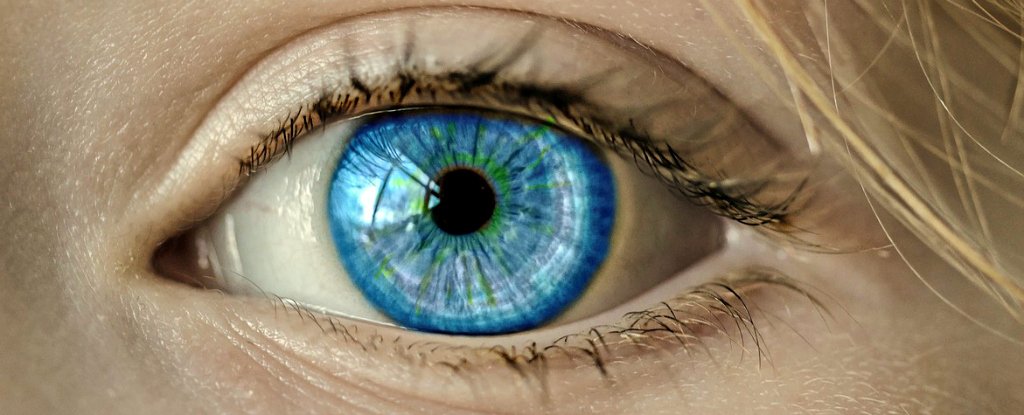
.
The fascinating way blue eyes get their color
The human body is incredible. Our eyes aren't blue (or green) because of pigment in cells.
As Paul Van Slembrouck writes for Medium, their color is actually structural -- and it involves some pretty interesting physics.
 |
| I have blue eyes, so I'm better than all y'all. |
As Paul Van Slembrouck writes for Medium, their color is actually structural -- and it involves some pretty interesting physics.
The colored part of our eye is called the iris, and it's made up of two layers, the epithelium at the back and the stroma at the front.
The epithelium is only two cells thick and contains black-brown pigments. The dark specks that some people have in their eye is, in fact, the epithelium peeking through.
The stroma, in contrast, is made up of colorless collagen fibers. Sometimes the stroma contains a dark pigment called melanin, and sometimes it contains excess collagen deposits.
The Buddha DID have blue eyes
Dhr. Seven, Wisdom Quarterly; Dr. Ranajit Pal, Ph.D. (ranajitpal.com)
 |
| Origin of Blue Eyes: Ancient "Devas" and Their Royal Descendants (humansarefree.com) |
.
 |
| First representations |
CONT'D: No one has blue eyes
 |
| But it looks blue! - But it's not! The "blue" is a structural illusion (cocoparisienne/Pixabay) |
.
 |
| Hazel eyes have the best of all worlds. |
Brown eyes, for example, contain a high concentration of melanin in their stroma, which absorbs most of the light entering the eye regardless of collagen deposits, giving them their dark color.
Green eyes don't have much melanin in them, but they also have no collagen deposits.
 |
| Eyes scatter light and pierce the onlooker. |
This means that while some of the light entering them is absorbed by the pigment, the particles in the stroma also scatter light as a result of something called the Tyndall effect, which creates a blue hue.
(This is similar to Rayleigh scattering, which makes the sky look blue).
Combined with the brown melanin, this results in the eyes appearing green.
Blue eyes are potentially the most fascinating, as their color is entirely structural.
 |
| Brown eyes? If only I could buy blue contacts! |
People with blue eyes have a completely colorless stroma with no pigment at all, and it also contains no excess collagen deposits.
This means that all the light that enters it is scattered back into the atmosphere and as a result of the Tyndall effect, creates a blue hue [or an illusion of it].
Interestingly, this means that blue eyes don't actually have a set color; it all depends on the amount of light available when we look at them.
 |
| What about black eyes, red eyes, cataracts? |
Van Slembrouck writes for Medium:
"Imagine that you could shrink yourself to a microscopic size and then climb through the mesh of fibres in the stroma. That's where structural colouration is coming from…
…and in the mesh are also strands of smooth muscle tissue that contract to dilate (expand) the pupil, pulling the inner edge of the iris toward the outer edge. When this happens, the stroma fibres slacken and may become wiggly as tension is released. This makes me wonder, does that slightly alter the colour of your eye as well?"
Check out Van Slembrouck's great story to find out how hazel and grey eyes get their color, and also to check out his beautiful diagrams that explain structural coloring. (Source: Medium via Science Alert)
He is from Nepal from a Kshatriya tribe of Indo Aryas
ReplyDeleteHe has nothing to do with Afghanistan
Afghanistan was made in the 1700s
He was more likely dravidian mixed than any mix from afghan land